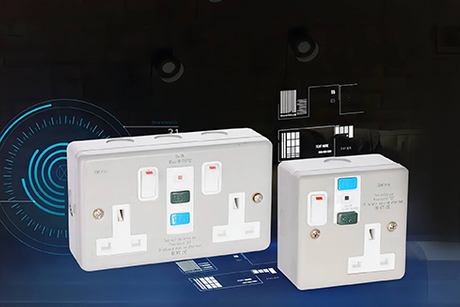The main purpose of the high-voltage isolating switch
It is used to isolate the power supply to ensure the safety of maintenance, so that the electrical equipment under maintenance has an obvious disconnection point from the power supply;
2. Carry out the switch-off operation to change the operation mode of the system. For example, in a circuit with double busbar operation, use an isolating switch to switch the equipment or line from one group of busbars to another group of busbars;
3. Under certain circumstances, it can be used to connect and cut off small current circuits. If using the isolating switch, the following operations can be performed:
1) Divide and close the voltage transformer and arrester circuits.
2) Divide and close the charging current of the bus.
3) Points, no-load transformers whose combined excitation current does not exceed 2A and no-load lines whose capacitive current does not exceed 5A.
The classification of high voltage isolation switch
1. According to the installation site, it is divided into two types: indoor and outdoor;
2. According to the number of poles, it is divided into two types: unipolar and tripolar;
3. According to the number of insulating pillars, it is divided into three types: single-column type, double-column type and three-column type;
4. According to the structural characteristics, it is divided into three types: guillotine type, screw type and plug-in type;
5. According to different functions, it is divided into two types: with grounding knife switch and without grounding knife switch;
6. According to the operating mechanism used, it is divided into: manual, electric and pneumatic operating mechanisms.
Abnormal phenomenon and treatment of high voltage isolating switch
1. The contact part of the isolating switch is overheated
Under normal circumstances, the isolating switch should not be overheated. If the isolating switch is found to be overheated during operation, the following measures should be taken:
1) In the double busbar system, when one group of busbar disconnectors is heated, it should be switched to another group of busbars; when the single busbar system disconnector is heated, try to reduce the load. If conditions permit, it is best to take the isolation switch out of operation. If the power can be cut off, it should be repaired immediately, otherwise, monitoring should be strengthened. If the heat is severe, the corresponding circuit breaker should be disconnected according to the regulations.
2) When the contact part of the line isolating switch is overheated, the treatment method is the same as that of the single bus isolating switch, but due to the protection of the circuit breaker in series, the isolating switch can continue to operate, but the monitoring needs to be strengthened until the power outage can be repaired.
2. Mis-pulling and mis-closing isolating switch with load
The isolating switch has no arc extinguishing capability, and it is strictly forbidden to pull or close the isolating switch with load. Once this phenomenon occurs, it should be dealt with as follows:
1) Pull the isolation switch by mistake
If the blade has just left the edge of the blade (the arc has been struck but not broken), the disconnector that has not been opened should be closed immediately to avoid arc short-circuit; if the disconnector has been opened, it is not allowed to close, and the disconnector should be ensured Open position, disconnect the circuit with the circuit breaker, and then close the isolating switch.
2) Mis-closing the isolating switch
After the disconnector is mistakenly closed with load, it is never allowed to be opened again, and it must be opened after the circuit breaker has cut off the circuit.
3. The isolation switch refuses to open and close
1) refuse to close
When the isolation switch refuses to close due to mechanical failure, it can be operated with an insulating rod, or in the case of ensuring personal safety, use a wrench to turn the rotating shaft of the isolation switch.
2) refuse to open
When the isolation switch cannot be opened, if the operating mechanism is frozen, you can shake it gently to find the obstacle point. If the obstacle point is in the contact part of the switch, it cannot be forcibly opened, otherwise the supporting porcelain bottle may be damaged.
4. The isolation switch porcelain is damaged
If it is a flashover discharge, the monitoring should be strengthened, and the cleaning should be done after applying for a power outage; if the supporting porcelain bottle is damaged and broken, the circuit breaker should be used to disconnect the circuit, and the damaged isolation switch should be withdrawn for repair.











